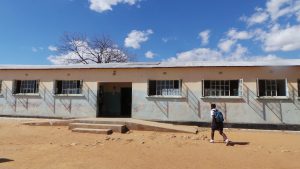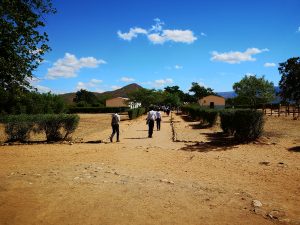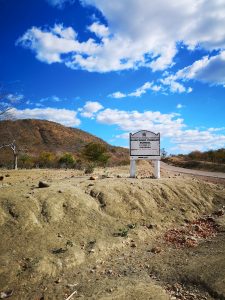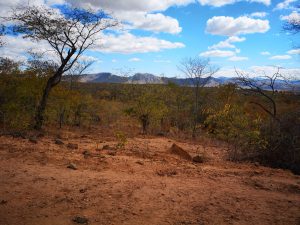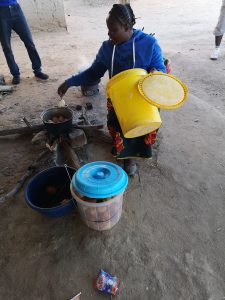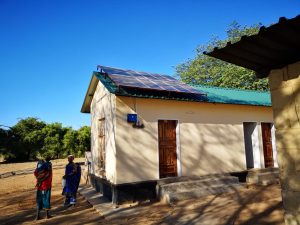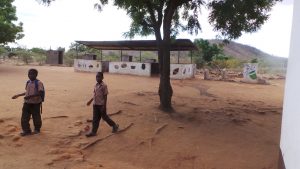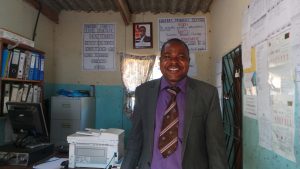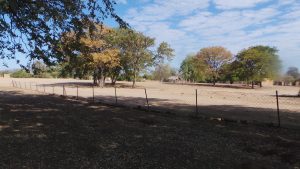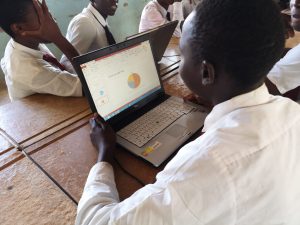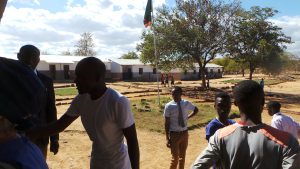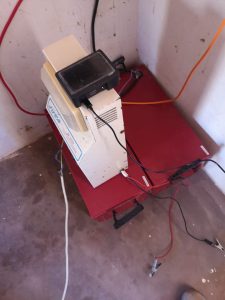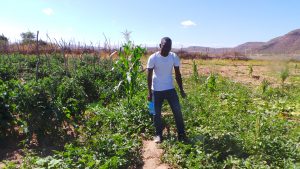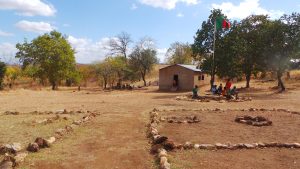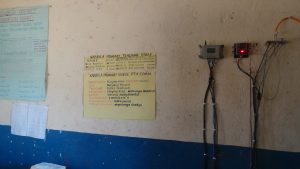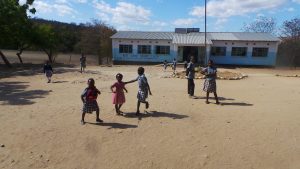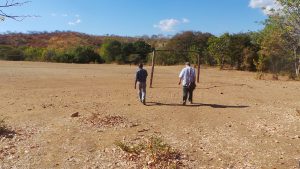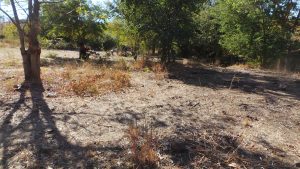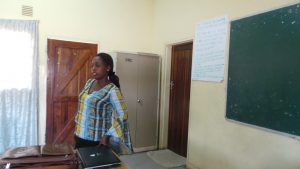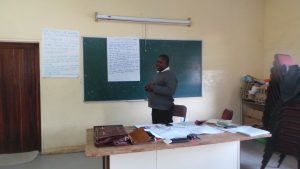Our visit to Nashongo School was perhaps the most challenging so far. The ground is very dry and in parts it was like driving on soft sand. Our driver was not confident and kept getting stuck! Fortunately someone usually appeared out of the bush to help push.
The school catchment area covers 7 local villages with about 180 households. The local population survives by animal husbandry and growing staple crops like millet, maize and groundnuts. They also grow some cotton as a cash crop.

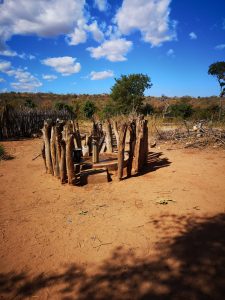
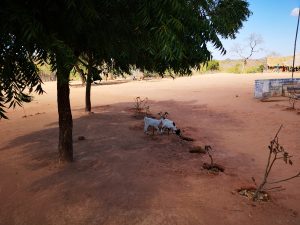

There was one school building, a teacher’s house, a water pump and pit latrine toilets. There were 331 pupils (164 boys, 167 girls) taught by 4 trained teachers and 4 volunteers.
Nashongo had had some problems with the solar controller but they had made the system safe until our arrival, only using it for charging. We were able to swap out the solar controller for them and check out the set up.


Thanks to the solar power, staff use laptops every day but their skills are mainly confined to looking up information and word processing. One teacher knew how to use spreadsheets. The unqualified staff were very much beginners.
As regards the Raspberry Pi, they had used it to access African story books on RACHEL. We updated their Raspberry Pi with a version containing the African Story Books in the local language Chitonga. We also left a power bank which they could use if they wished to teach outside in the school grounds.
Thanks to the Welsh Government Wales for Africa Grant Scheme which enabled this school to have at their disposal all the benefits of solar power – lighting, charging equipment and accessing wonderful learning resources.

